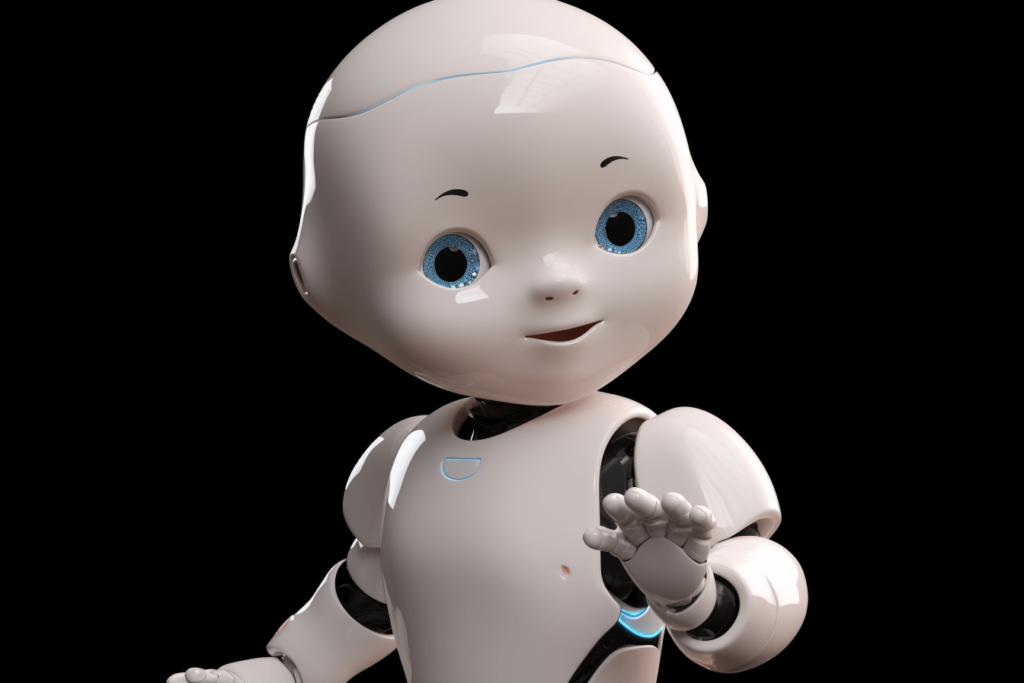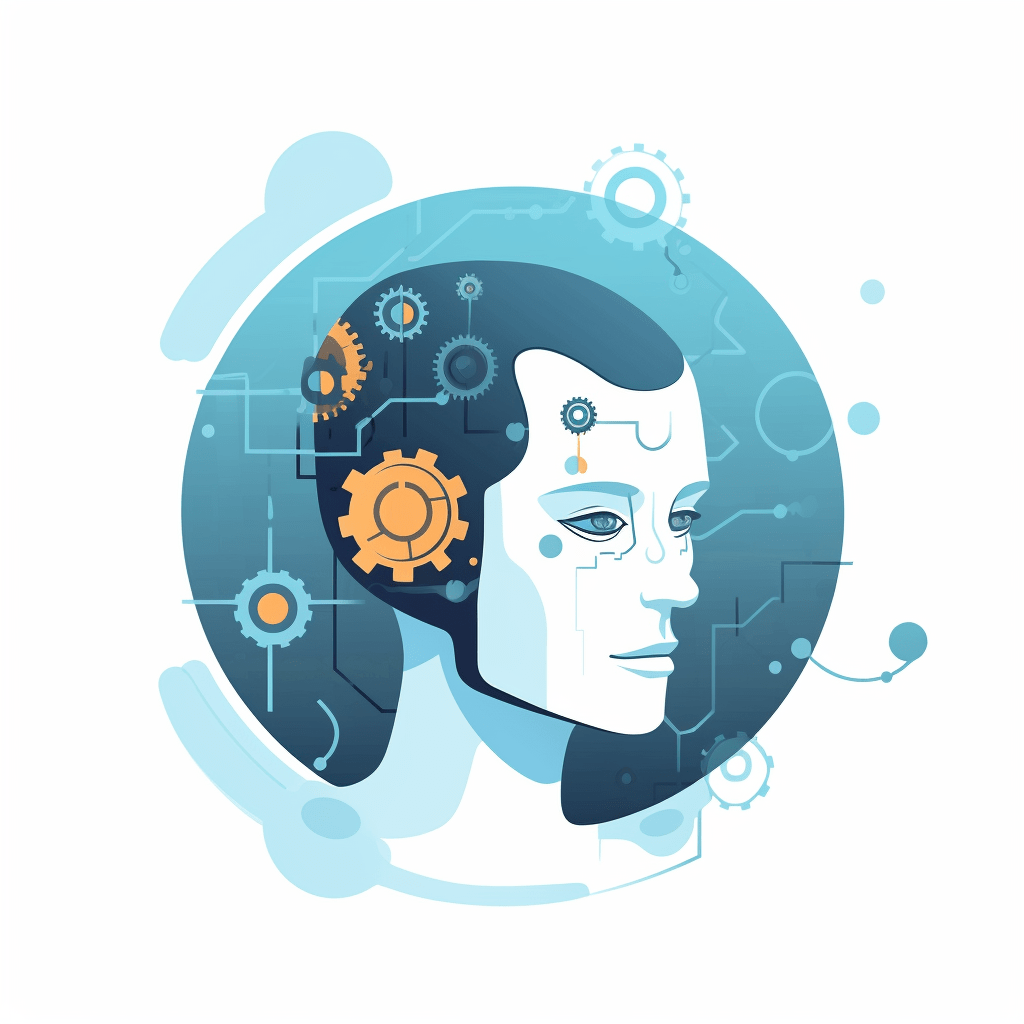In the latest episode of the BG2 Pod, hosted by tech luminaries Bill Gurley and Brad Gerstner, the duo tackled a whirlwind of topics that dominated headlines on April 3, 2025. Recorded just after President Trump’s “Liberation Day” tariff announcement, this bi-weekly open-source conversation offered a verbose, insightful exploration of market uncertainty, global trade dynamics, AI advancements, and corporate maneuvers. With their signature blend of wit, data-driven analysis, and insider perspectives, Gurley and Gerstner unpacked the implications of a rapidly shifting economic and technological landscape. Here’s a detailed breakdown of the episode’s key discussions.
Liberation Day and the Tariff Shockwave
The episode kicked off with a dissection of President Trump’s tariff announcement, dubbed “Liberation Day,” which sent shockwaves through global markets. Gerstner, who had recently spoken at a JP Morgan Tech conference, framed the tariffs as a doctrinal move by the Trump administration to level the trade playing field—a philosophy he’d predicted as early as February 2025. The initial market reaction was volatile: S&P and NASDAQ futures spiked 2.5% on a rumored 10% across-the-board tariff, only to plummet 600 basis points as details emerged, including a staggering 54% tariff on China (on top of an existing 20%) and 25% auto tariffs targeting Mexico, Canada, and Germany.
Gerstner highlighted the political theater, noting Trump’s invite to UAW members and his claim that these tariffs flipped Michigan red. The administration also introduced a novel “reciprocal tariff” concept, factoring in non-tariff barriers like currency manipulation, which Gurley critiqued for its ambiguity. Exemptions for pharmaceuticals and semiconductors softened the blow, potentially landing the tariff haul closer to $600 billion—still a hefty leap from last year’s $77 billion. Yet, both hosts expressed skepticism about the economic fallout. Gurley, a free-trade advocate, warned of reduced efficiency and higher production costs, while Gerstner relayed CEOs’ fears of stalled hiring and canceled contracts, citing a European-Asian backlash already brewing.
US vs. China: The Open-Source Arms Race
Shifting gears, the duo explored the escalating rivalry between the US and China in open-source AI models. Gurley traced China’s decade-long embrace of open source to its strategic advantage—sidestepping IP theft accusations—and highlighted DeepSeek’s success, with over 1,500 forks on Hugging Face. He dismissed claims of forced open-sourcing, arguing it aligns with China’s entrepreneurial ethos. Meanwhile, Gerstner flagged Washington’s unease, hinting at potential restrictions on Chinese models like DeepSeek to prevent a “Huawei Belt and Road” scenario in AI.
On the US front, OpenAI’s announcement of a forthcoming open-weight model stole the spotlight. Sam Altman’s tease of a “powerful” release, free of Meta-style usage restrictions, sparked excitement. Gurley praised its defensive potential—leveling the playing field akin to Google’s Kubernetes move—while Gerstner tied it to OpenAI’s consumer-product focus, predicting it would bolster ChatGPT’s dominance. The hosts agreed this could counter China’s open-source momentum, though global competition remains fierce.
OpenAI’s Mega Funding and Coreweave’s IPO
The conversation turned to OpenAI’s staggering $40 billion funding round, led by SoftBank, valuing the company at $260 billion pre-money. Gerstner, an investor, justified the 20x revenue multiple (versus Anthropic’s 50x and X.AI’s 80x) by emphasizing ChatGPT’s market leadership—20 million paid subscribers, 500 million weekly users—and explosive demand, exemplified by a million sign-ups in an hour. Despite a projected $5-7 billion loss, he drew parallels to Uber’s turnaround, expressing confidence in future unit economics via advertising and tiered pricing.
Coreweave’s IPO, meanwhile, weathered a “Category 5 hurricane” of market turmoil. Priced at $40, it dipped to $37 before rebounding to $60 on news of a Google-Nvidia deal. Gerstner and Gurley, shareholders, lauded its role in powering AI labs like OpenAI, though they debated GPU depreciation—Gurley favoring a shorter schedule, Gerstner citing seven-year lifecycles for older models like Nvidia’s V100s. The IPO’s success, they argued, could signal a thawing of the public markets.
TikTok’s Tangled Future
The episode closed with rumors of a TikTok US deal, set against the April 5 deadline and looming 54% China tariffs. Gerstner, a ByteDance shareholder since 2015, outlined a potential structure: a new entity, TikTok US, with ByteDance at 19.5%, US investors retaining stakes, and new players like Amazon and Oracle injecting fresh capital. Valued potentially low due to Trump’s leverage, the deal hinges on licensing ByteDance’s algorithm while ensuring US data control. Gurley questioned ByteDance’s shift from resistance to cooperation, which Gerstner attributed to preserving global value—90% of ByteDance’s worth lies outside TikTok US. Both saw it as a win for Trump and US investors, though China’s approval remains uncertain amid tariff tensions.
Broader Implications and Takeaways
Throughout, Gurley and Gerstner emphasized uncertainty’s chilling effect on markets and innovation. From tariffs disrupting capex to AI’s open-source race reshaping tech supremacy, the episode painted a world in flux. Yet, they struck an optimistic note: fear breeds buying opportunities, and Trump’s dealmaking instincts might temper the tariff storm, especially with China. As Gurley cheered his Gators and Gerstner eyed Stargate’s compute buildout, the BG2 Pod delivered a masterclass in navigating chaos with clarity.





